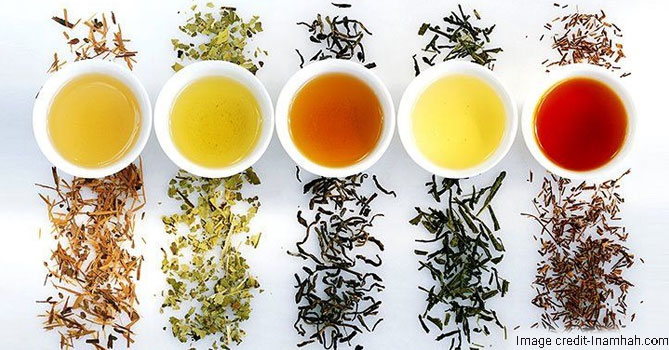
“… tea is one of the mainstays of civilization in this country” – George Orwell
True that! India produces and devours more tea than most of the countries. Not only it has health benefits, but there is something for every mood. From escorting in glumness to accompanying in gatherings, tea works as a binding factor in most of the Indian households.
The inception of tea drinking culture can be dated back to 2,000 years ago in Ramayana. Later it came into much prominence with the arrival of British East India Company when vast acres of lands were used for the production of teas.
Mode of Categorization
Indian teas can be further categorized into ten broad categories which are based on the availability in the market, such as:
1. Conventional
As the name suggests, the conventional tea is produced through regular production and manufacturing processes by using agro-inputs like chemicals, weedicides, fertilizers, pesticides, to name a few. And this kind of tea can be found in almost all parts of India. Such teas are black tea, green tea, oolong etc.
2. Traditional
‘Singpho’ from Assam is a conventional tea as it is made using traditional methods. The tea leaves are required to be partially fried in a pan, then fill in the bamboo hollows and later preserved in a bamboo hollow.
3. Indigenous or handcrafted
Orthodox black and green tea which is hand-grown fall in this category. Along with Assam, some of the tea estates in Darjeeling are also growing these teas. Also, they are organic.
4. Flavoured Tea
To add more value to the teas, many manufacturers use flavour ingredients in the drinks such as vanilla, rose, jasmine, cardamom, clove etc.
5. Instant Tea
The name itself says they are ready to use tea bags which are extracted from processed leaves or undried fermented teas.
6. Organic
Teas which are grown without any synthetic agrochemicals, instead produced using products of biological origin, minerals and compost or vermicomposts.
7. Speciality Tea
Another select grade of orthodox tea is the Silver Tips and White Tea. Assam grows a unique tea called purple tea whose leave is pigmented due to anthocyanin.
8. Special Health Teas
Teas with health benefits due to the presence of antioxidants such as black or green tea blended with tulsi, ginseng, Kesar, etc.
9. Special Blends
Special blended are the blends of various teas such as Assam, Dooars, Darjeeling, Cachar all mixed.
10. Special Single Manufacture
These are the teas which are grown using various planting materials.
There are 3,000 types of teas grown in the world. All these categories of teas have been further subcategorized. For example, Darjeeling has various kinds as well as flavours and grades such as Darjeeling Black Tea, Darjeeling Oolong, Darjeeling Green Tea, Darjeeling White Tea etc. Assam also has variants such as Orthodox, CTC, Tippy, Pekoe, to name a few.
Amongst so many choices, India’s most favourite is masala chai with the dash of ginger and cardamom, served hot in a kulhad.




